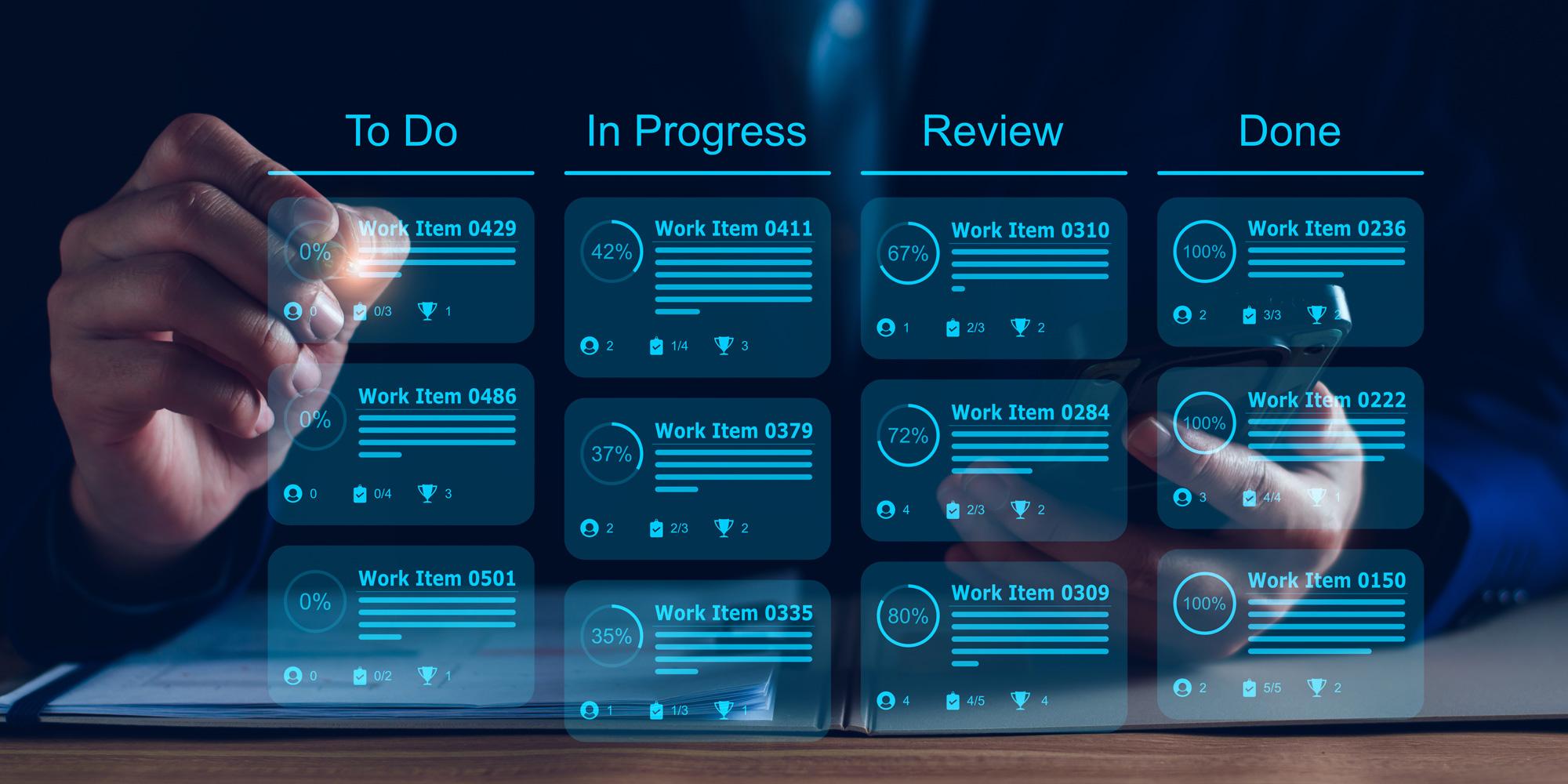
Effective Property Tracking Improves Audit Results
Agile, Acquisition & Sustainment, Performance Optimization, Risk ManagementThe first quarter of the new year can bring uncomfortable financial clarity for people when surprisingly large credit card bills arrive or friends and family express their displeasure at being left off the holiday gift list. Similarly, at audit time, program managers not closely tracking acquisitions encounter difficult questions about fraud, waste, and abuse.
Key Questions
Effective property tracking decreases these risks and gives managers the right controls to account for key audit questions:
- What did you buy?
- How many did you buy?
- Why did you buy it?
- Where is it now?
- How is it being used?
- How is it maintained?
- How and where is it stored?
Steps for Optimizing Property Tracking
Moving materials and personnel in and out of multiple operating theaters creates additional barriers for the Army’s efforts to effectively track acquisitions.
Understanding this property tracking requirement and the Army’s unique challenges, LMI produces newsletter articles; develops personnel training on roles, requirements, and process handoffs; and incorporates our approach to optimizing the necessary internal controls to ensure compliance with DFAR requirements on property tracking.
LMI leverages considerable experience across DoD in optimizing and updating internal controls and remediating audit findings to work with organizations. We initiate Risk Management Internal Controls (RMIC) optimization and ongoing support according to the following steps:
- Conduct an organizational control scan of risk areas and review it for any repetitive or related root causes.
- Review documented internal controls along with any associated roles and responsibilities, standard operating procedures, and existing policies.
- Develop a gap analysis identifying and categorizing risk areas not addressed by the current control environment.
- Create guidance and training to facilitate updates.
- Draft and issue a formal letter to notify leadership and supporting staff of the results from this assessment. These letters communicate the need for improvements and serve as a catalyst in improving overall internal control capabilities by incorporating feedback, thereby encouraging continuous improvement.
In keeping with the principles of LMI’s performance optimization line of business, our teams of subject matter experts optimize key controls for consistent, compliant, and effective operations.
Have a question or concern related to your organization’s property tracking processes and related internal controls? For more information, please contact LMI’s program planning & investment management subservice line vice president, Mark McAlister; financial operations and accountability practice area lead, Brad Hallman; or internal controls, compliance, and audit remediation community of practice lead, Debbion Welch.



















